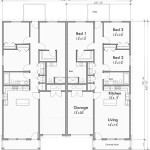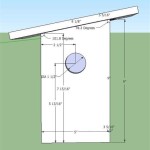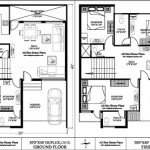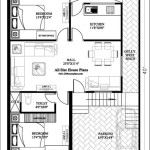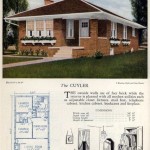Graph Paper: An Essential Tool for House Plan Creation
Graph paper, with its precise gridlines and scale, plays a crucial role in the meticulous process of drafting house plans. By providing a structured framework, graph paper allows architects, designers, and draftspersons to accurately represent architectural concepts and designs.
Types of Graph Paper
Graph paper comes in various types, each with its own grid spacing and scale. The most common types used for house plans include:
- Quarter-inch graph paper: 4 squares represent 1 inch (1:4 scale)
- Half-inch graph paper: 2 squares represent 1 inch (1:2 scale)
- One-inch graph paper: 1 square represents 1 inch (1:1 scale)
Choosing the Right Scale
The scale of the graph paper should match the size and complexity of the house plan. For small or simple plans, quarter-inch graph paper provides sufficient detail. Half-inch graph paper is suitable for medium-sized plans, while one-inch graph paper is ideal for large or intricate plans.
Creating a House Plan on Graph Paper
To create a house plan on graph paper, follow these steps:
- Determine the scale of the plan and select the appropriate graph paper.
- Use a sharp pencil and a ruler to draw the exterior walls, interior walls, and structural elements.
- Label the rooms, windows, doors, and any other architectural features.
- Include dimensions for each room, doorway, and window to ensure accuracy.
- Add notes and details to convey specific requirements or instructions.
Benefits of Graph Paper
Utilising graph paper for house plans offers numerous advantages:
- Accuracy: The gridlines ensure precise measurements and accurate representation of the design.
- Scale and Proportion: Graph paper helps maintain scale and proportion throughout the plan.
- Clarity and Readability: The structured grid makes it easy to understand and interpret the plan.
- Collaboration: Graph paper serves as a shared language, allowing multiple people to collaborate on the plan.
Conclusion
Graph paper remains an indispensable tool for house plan creation. Its gridlines, scale, and accuracy enable architects, designers, and draftspersons to translate architectural concepts into clear and concise plans. By understanding the types of graph paper, choosing the appropriate scale, and following the steps for creating a house plan, you can leverage this essential tool to develop accurate and effective house plans.

Ringel House Plan Graph Paper Second Floor Drawing Plans Layout Design

Graph Paper To Virtual The Heardmont Floor Plan Welcome

Create A To Scale Sketch With Graph Paper Make Space Planning Breeze

A Super Simple Method For How To Draw Floor Plan Hampton Redesign

A Super Simple Method For How To Draw Floor Plan Hampton Redesign

How To Draw A Simple Room Layout Organized Ish Design

How To Make An Old Fashioned Floor Plan With Graph Paper Dans Le Lakehouse

5 Acres A Dream Bathroom Plans On Graph Paper

Graph Paper To Virtual The Heardmont Floor Plan Welcome

Tiny Home In A Biome Art Ed Guru



